In today's highly expensive and competitive manufacturing environment, any bit of material waste can directly eat into profits. It is through a series of advanced technologies and management concepts that the high-precision slitting and rewinding machine minimizes material waste and thus becomes a key equipment for increasing profitability.
Here's a detailed breakdown of how high-precision slitting rewinders achieve this:
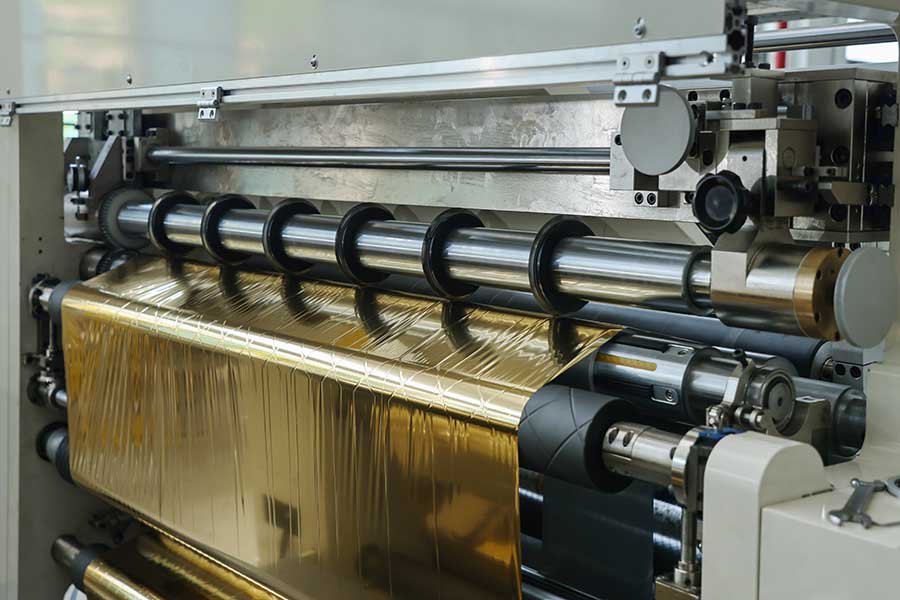
1. Reduction of direct waste: benefit from "millimeters"
Direct waste refers to materials that become waste directly during the production process and cannot be used in the final product. High-precision slitting machines mainly cut by:
1. Tighter slitting tolerances and smaller cutter seam losses
◦ Traditional equipment: The slitting accuracy may only be ± 1mm or wider, and in order to ensure that the width of each slitting roll meets the standard, operators often need to reserve a wider cut seam (i.e., the distance between knives, this part of the material will be cut off as scrap).
◦ High-precision equipment: The slitting accuracy can reach ±0.1mm or more. The extremely high precision stability allows the operator to set the knife seam to the theoretical minimum. Assuming that each cut seam can reduce waste by 0.5mm, cutting into 10 strips on a roll of raw material with a large width can save 5mm of material per cut. Over time, the total amount of material saved is extremely considerable.
2. Precise winding control and less head and tail waste
◦ Joints and rewinding: During the production process, new coils need to be connected when the raw materials are used up, or the slitted coils need to be stopped and unrolled when they reach the set length. Every time the machine is stopped and restarted, a section of unusable head and tail material will be generated.
◦ High-precision equipment: Equipped with advanced tension control system and fixed length meter metering system, it can achieve accurate fixed length shutdown and smooth automatic material splicing. This ensures that each finished roll is of a consistent length and that the joints are secure and accurately positioned, minimizing head and tail waste due to rewinding and joints.
3. Reduce coil damage during slitting
◦ Burrs, burrs, serpentine rolls: Low-precision equipment can easily cause burrs at the slitting edges, wrinkled coils (burrs) or deviations (serpentine rolls) due to unstable tension, passivated blades, or poor alignment, and these defective products often need to be scrapped or downgraded.
◦ High-precision equipment: Constant tension control, high-rigidity frame, high-quality round or straight knives, and advanced edge guidance system (EPC) are used to ensure a smooth slitting process, smooth and flat cutting edges, and tight and neat coils, almost eliminating coil damage caused by process problems.
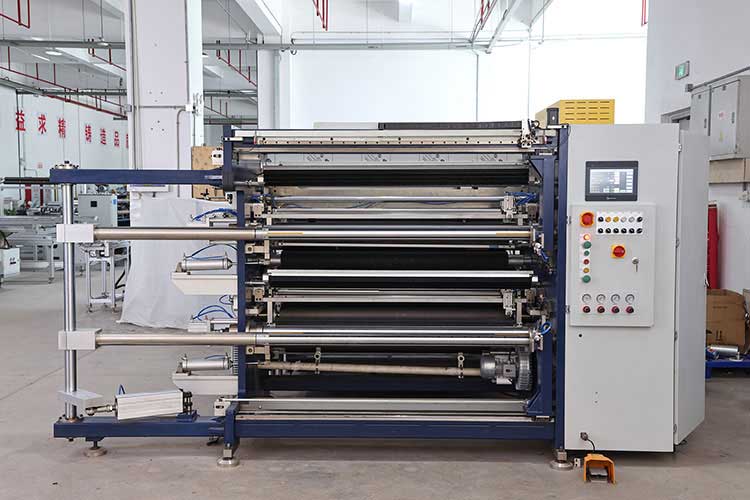
2. Indirect waste and efficiency improvement: benefit from "stability"
Indirect waste does not directly generate waste, but it can affect profits by reducing efficiency, increasing energy consumption and labor costs.
1. Reduce skill dependence and human error on operators
◦ High-precision equipment is usually equipped with an intelligent human-machine interface (HMI), and all parameters (width, length, tension, etc.) can be set and stored digitally. The operator only needs to call according to the recipe, avoiding the error of manual measurement and the uncertainty of adjustment, and reducing the risk of batch scrap due to setting errors at the source.
2. Improve production efficiency and equipment utilization
◦ High-speed and stable operation: High-precision slitting machines are designed to operate at high speeds and maintain accuracy. Faster production means more qualified products per unit of time, diluting fixed costs (e.g., energy consumption, depreciation).
◦ Reduced downtime: Functions such as automatic unwinding, automatic labeling, and in-line quality inspection significantly reduce unnecessary downtime and improve the overall effectiveness (OEE) of the equipment.
3. Achieve better production scheduling planning and material utilization
◦ Extremely high accuracy and stability allow for more precise production planning. Enterprises can confidently schedule production according to the width requirements of customer orders, achieving "on-demand slitting", avoiding the situation of over-reserving width for safety, so as to optimize the utilization rate of raw materials at the overall scheduling level.
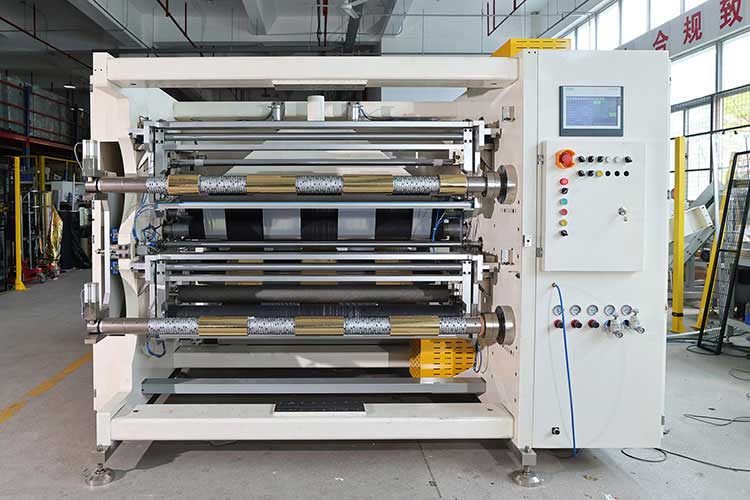
3. The core technical support of high-precision slitting machine
To achieve the above advantages, it is inseparable from the support of the following core technologies:
• High-precision servo drive system: provides precise speed and position control, which is the basis for ensuring fixed length and slitting accuracy.
• Automatic tension control system: closed-loop tension control of the whole process from unwinding, traction to winding, to ensure that the coil is not damaged or wrinkled during processing.
• Advanced cutting systems: such as precision-ground circular knives, adjustable angle cutter holders, and stable pressure control with pneumatic or hydraulic pressure to ensure edge quality cutting.
• Intelligent control system and sensors: including high-precision encoders, line scan cameras (for online defect detection), ultrasonic sensors, etc., to monitor the production process in real time and provide timely feedback and adjustments.
• Robust Mechanical Structure: The highly rigid frame and bearing housing ensure that the equipment has low vibration during high-speed operation and maintains accuracy for a long time.
Conclusion: How does precision translate into profit?
Minimizing material waste is reflected in a clear profit formula:
Profit = (Product Selling Price - Raw Material Cost) × Quantity of Qualified Products - Operating Costs
The high-precision slitting and rewinding machine directly optimizes this formula from three dimensions:
1. Reduced raw material costs: By reducing knife seam loss, head and tail waste, and process waste, the material consumption per unit product is directly reduced.
2. Increase the number of qualified products: By stably producing high-quality products, defective products and returns are reduced, and the number of qualified products that can be sold is increased.
3. Control Operational Costs: Optimize operational costs by improving efficiency, reducing energy consumption, and reducing reliance on advanced technicians.
Therefore, investing in a high-precision slitting and rewinding machine may seem like a high capital investment, but it is actually a strategic cost structure optimization. It transforms the "uncertainty waste" in the production process into "controllable cost", and truly realizes the direct transformation of "precision" to "profit". For high-value coil manufacturers such as film, paper, nonwovens, and composite materials, this is not only a choice to enhance competitiveness, but also the only way to achieve sustainable development.



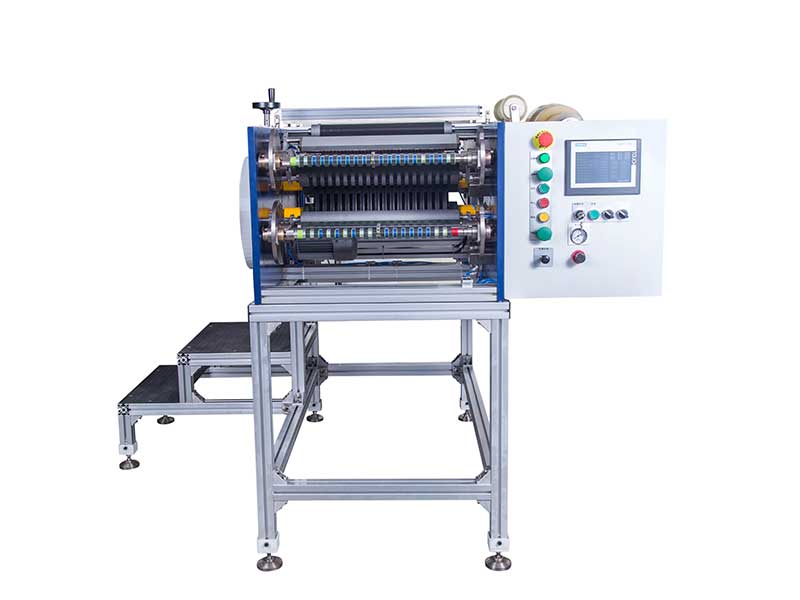
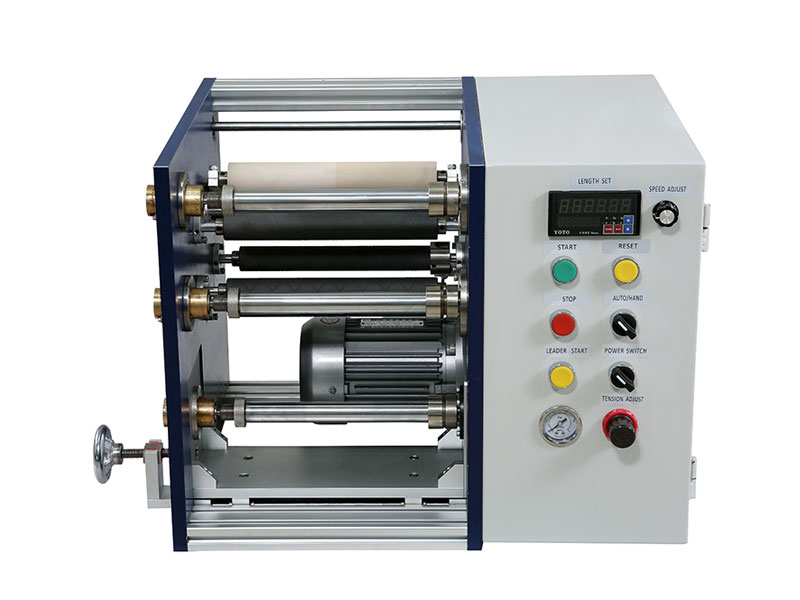
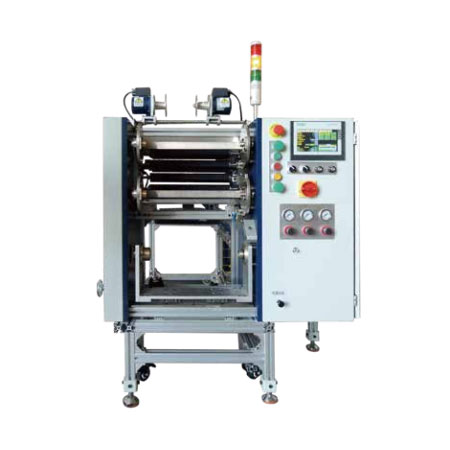
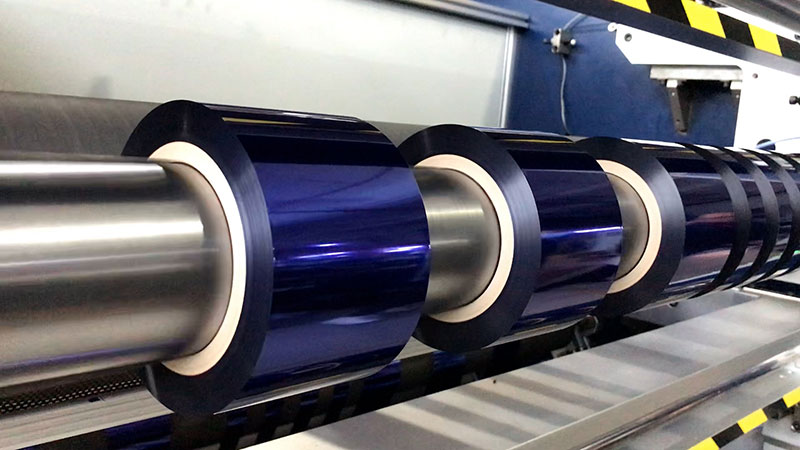
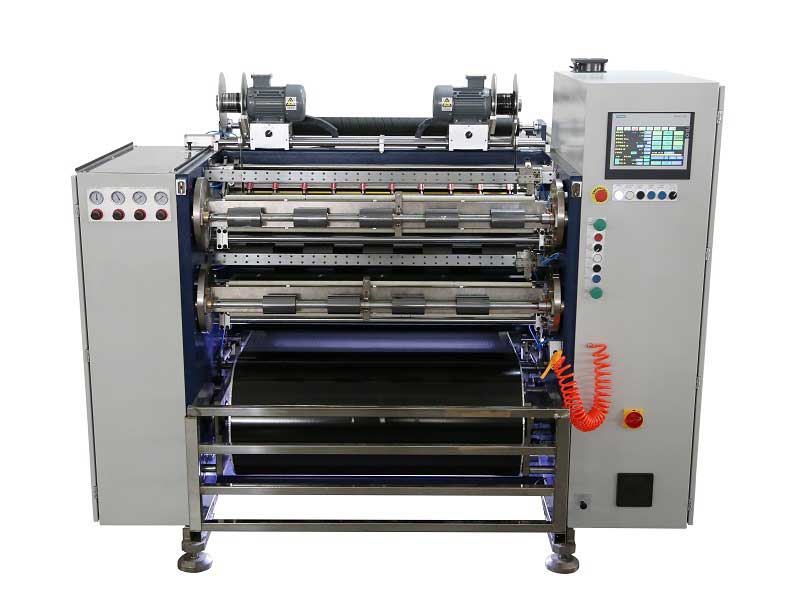 Automatic Thermal Transfer Ribbon Slitting Machine RSDS8 H PLUS
Automatic Thermal Transfer Ribbon Slitting Machine RSDS8 H PLUS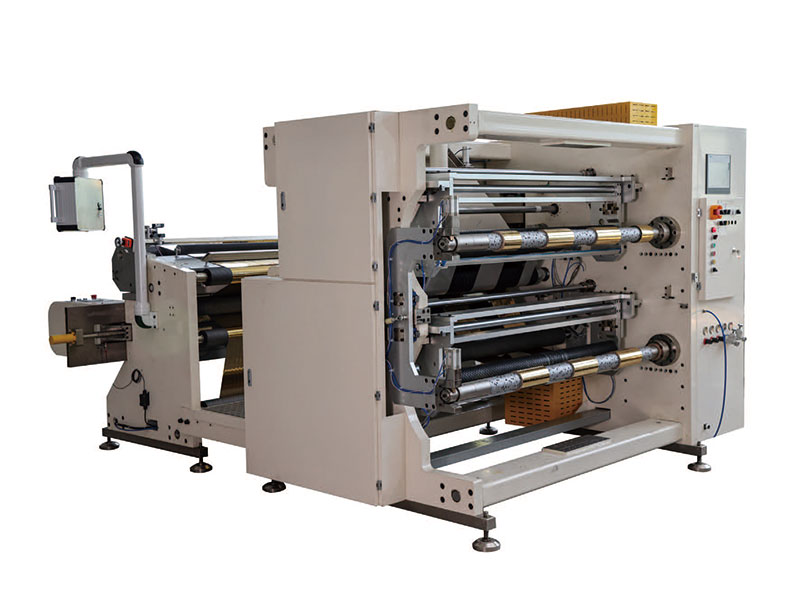 1400mm Hot Stamping Foil Slitting Machine
1400mm Hot Stamping Foil Slitting Machine Semi Automatic Thermal Transfer Ribbon Slitting Machine RSDS5 PLUS
Semi Automatic Thermal Transfer Ribbon Slitting Machine RSDS5 PLUS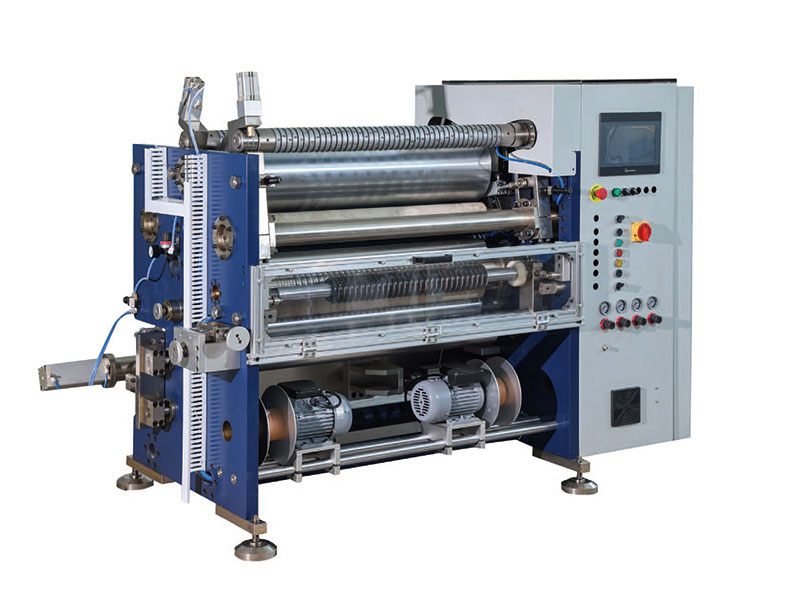 800mm Hot Stamping Foil Slitting Machine
800mm Hot Stamping Foil Slitting Machine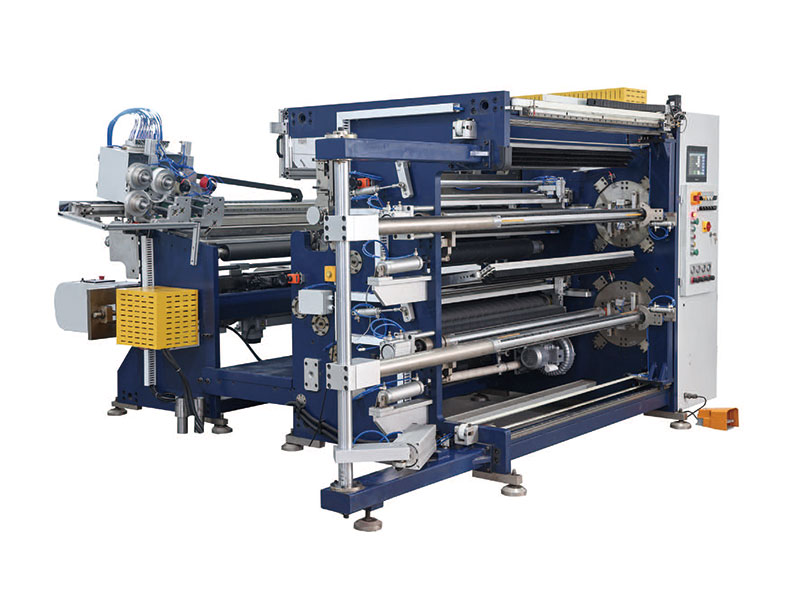 1350mm Hot Stamping Foil Slitting Machine
1350mm Hot Stamping Foil Slitting Machine New Energy Ultra-thin Film Slitting Machine For Capacitive Film
New Energy Ultra-thin Film Slitting Machine For Capacitive Film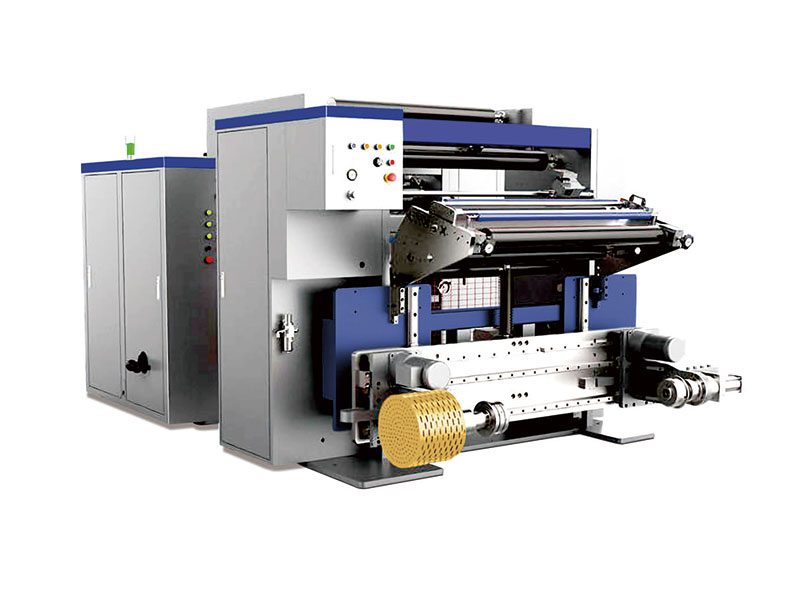 High Speed Slitting Machine
High Speed Slitting Machine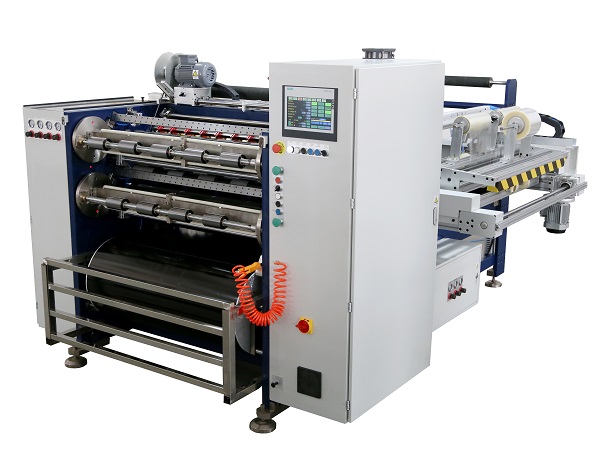 Automatic Thermal Transfer Ribbon Slitting Machine RSDS8 PLUS
Automatic Thermal Transfer Ribbon Slitting Machine RSDS8 PLUS

